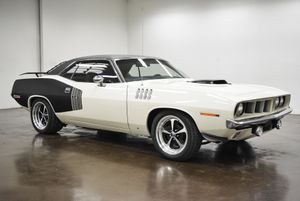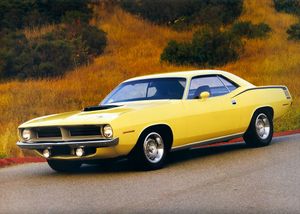The Ford Mustang was the first vehicle to create its very own category - the "pony car". Within a few years, competitors with Chrysler, GM, and AMC followed suit and building pony cars utilizing Ford's formula.
Knowledge base articles about
Motorious Explores The Ford Mustang
Nov 25, 2024
—
9 min read




